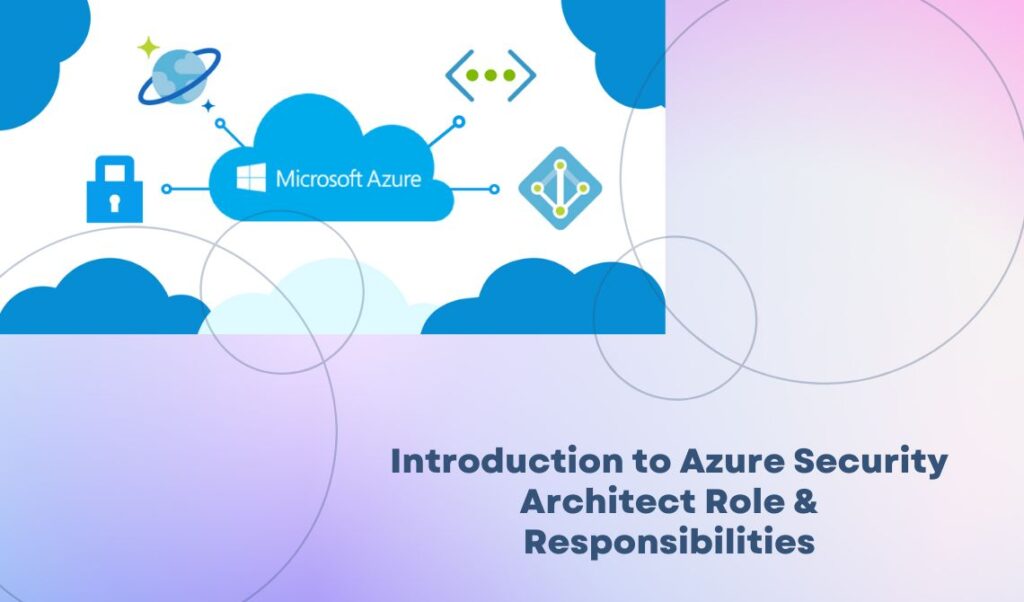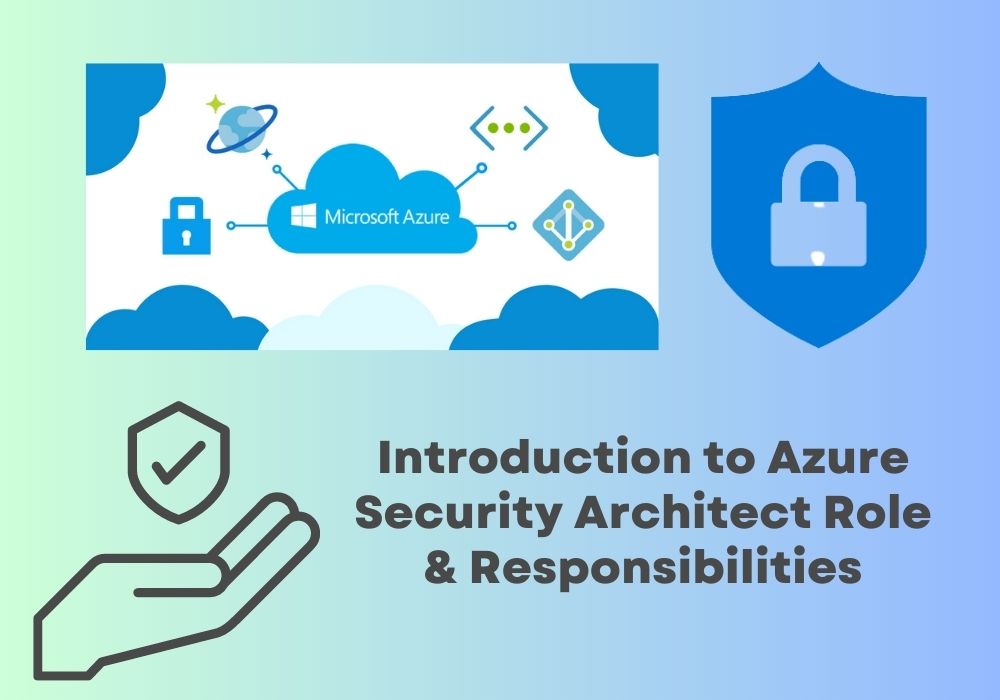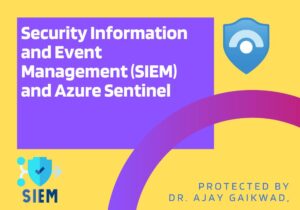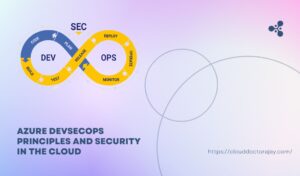Introduction:
In order to ensure the secure design, implementation, and management of Azure-based solutions, the position of an Azure Security Architect is crucial.
Protecting a company’s cloud infrastructure, apps, and data from potential attacks and vulnerabilities is a key responsibility of Azure Security Architects.

Azure Security Architect’s duties often consist of:
Security Design and Architecture:
Creating safe, scalable, and resilient Azure architectures is the job of Azure Security. They assess the technological and business requirements, spot potential threats, and create security measures to counteract them.
5 Best Project Management Software In 2023
Secure DevOps Integration:
To incorporate security into the CI/CD pipeline, they work with the development and operations teams. Using Azure DevOps or other DevSecOps technologies, Azure Security Architects assist in implementing secure coding methods, performing application security testing, and ensuring secure deployments.
Data Protection and Encryption:
To protect data while it is in transit and at rest, Azure Security Architects use encryption techniques. For safe key management, they interact with Azure Key Vault and choose the right encryption techniques, such as Azure Storage Service Encryption or Azure Disk Encryption.
Security Monitoring and Incident Response:
To identify and address security risks and incidents, they build and implement monitoring solutions using Azure Security Center, Azure Monitor, and Azure Sentinel. To analyse and mitigate security events, Azure Security Architects work with other teams to build incident response protocols.
Infrastructure Security:
To provide network isolation and manage traffic flow, Azure Security Architects create secure networking architectures using Azure VNets, NSGs, and other security controls. In order to defend against network-level attacks, they design secure connectivity for on-premises installations utilizing VPN or ExpressRoute and implement Azure Firewall or Azure DDoS Protection.
Azure Devsecops Principles And Best Practices For Security In The Cloud
Identity and Access Management (IAM):
They create and put into practice Azure AD solutions, such as procedures for user provisioning, authentication, and authorisation. To ensure privileged access control, Azure Security Architects deploy RBAC, enforce multi-factor authentication (MFA), and set up identity lifecycle management mechanisms.
Compliance and Risk Management:
Azure Security Architects identify, evaluate, and control security and compliance risks to make sure Azure solutions adhere to internal and external rules and industry standards. They carry out security audits and assessments, put controls in place, and aid in getting ready for outside examinations.
Azure Security Governance:
To ensure compliance with legal requirements and industry best practices, Azure Security Architects design and implement security policies, standards, procedures, and guidelines. They work together with stakeholders to create solid frameworks for security governance.
Security Information and Event Management (SIEM) and Azure Sentinel
Conclusion:
An Azure Security Architect plays a crucial role in creating and maintaining a secure cloud environment. To design, implement, and maintain security measures that safeguard crucial assets and data, these specialists combine technical expertise with strategic thought.
Azure Security Architects are essential in assisting enterprises to utilize the potential of Azure while reducing risk and ensuring compliance in a time when cybersecurity is of utmost importance.
Azure Security Architects must keep up with the most recent security threats, cutting-edge technology, and best practices in order to continuously enhance and change their security strategies in the ever-changing world of cloud security.
Note: Depending on the organization’s size, sector, and particular needs, the specific duties may change.





